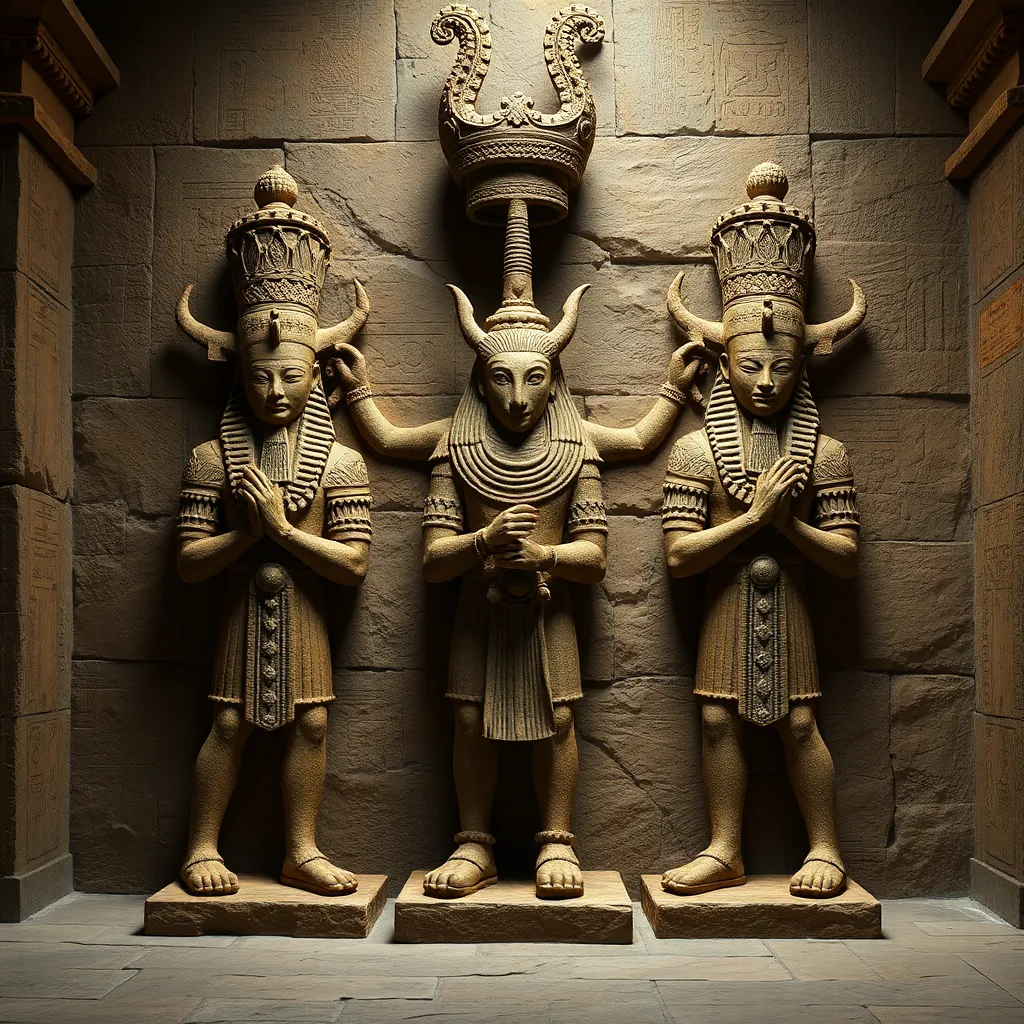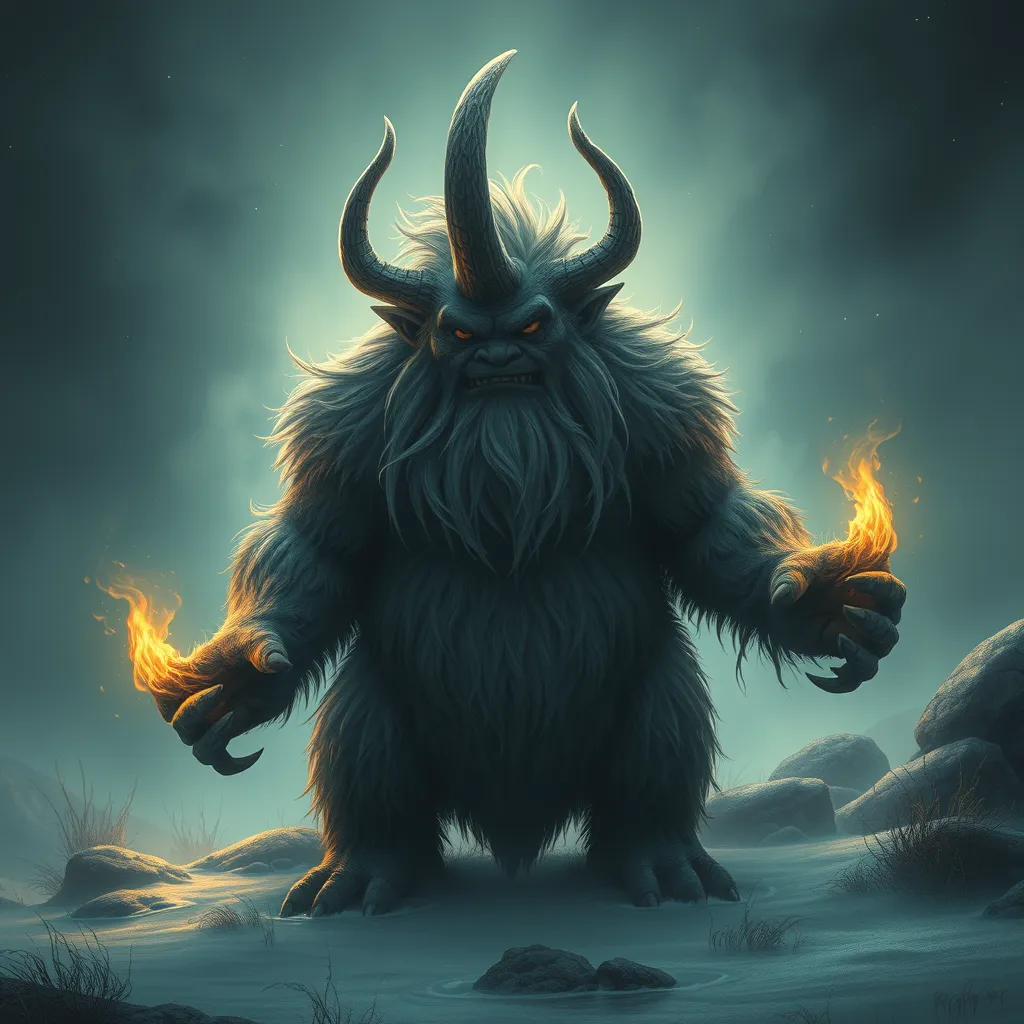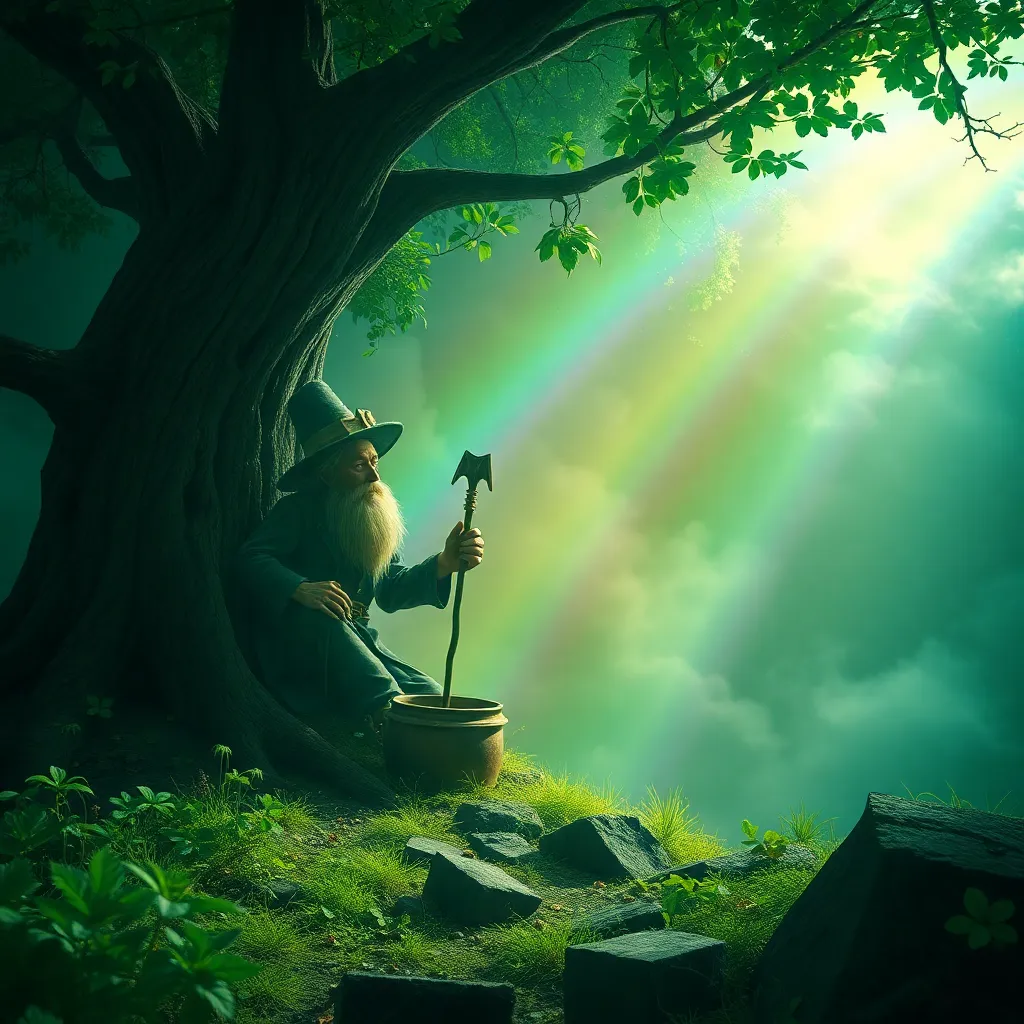The Gremlin’s Purpose: Uncovering the Role of Gremlins in Traditional Beliefs
I. Introduction
Gremlins are often depicted as mischievous creatures that cause chaos and disruption, particularly in machinery and technology. Their origins are steeped in folklore, making them fascinating subjects of study for historians and cultural enthusiasts alike. This article will explore the historical and cultural significance of gremlins, tracing their evolution and impact on society.
II. Historical Origins of Gremlins
A. Early folklore and mythological references
The concept of gremlins can be traced back to early 20th century folklore, where they were described as small creatures responsible for sabotaging machinery. The earliest references appear around World War I, where pilots blamed them for mechanical failures in aircraft.
B. The evolution of the gremlin concept through the ages
As time progressed, the depiction of gremlins evolved from mere nuisances to complex characters embodying chaos and unpredictability. They became symbolic of the frustrations faced by engineers and pilots, particularly in the rapidly advancing fields of technology and aviation.
C. Impact of World War II on gremlin mythology
World War II significantly popularized the gremlin mythos. Soldiers and pilots, often facing mechanical failures in high-stakes situations, began attributing their challenges to these elusive creatures. This era saw the emergence of various gremlin-related artworks and stories, solidifying their place in popular mythology.
III. Gremlins in Popular Culture
A. Representation in literature and film
Gremlins have made their mark in literature and film, most notably in the 1984 movie “Gremlins,” directed by Joe Dante. The film portrayed gremlins as both adorable and malevolent, leading to a resurgence of interest in these creatures.
B. The gremlin archetype in modern media
Today, gremlins represent more than just mischief; they serve as cautionary tales about the consequences of neglect and irresponsibility. They are often depicted in various forms of media, including video games, cartoons, and comics.
C. The enduring popularity of gremlin-themed stories
- The ability to blend humor with horror makes gremlins appealing to various audiences.
- Their unpredictable nature allows for creative storytelling.
- Modern adaptations continue to draw on their chaotic legacy, ensuring their relevance in contemporary narratives.
IV. Symbolism and Characteristics of Gremlins
A. Common traits associated with gremlins
Gremlins are typically characterized by their small size, mischievous behavior, and a penchant for causing trouble. They often embody the spirit of rebellion against authority, particularly in industrial and technological contexts.
B. Symbolic meanings in various cultures
In different cultures, gremlins symbolize:
- Chaos and disorder
- Fear of the unknown, especially in technological advancements
- Human frustration with machinery and the complexities of modern life
C. Gremlins as manifestations of chaos and mischief
Gremlins personify the unpredictable nature of life and technology. They remind us that despite our best efforts, things can go awry, and chaos can reign. This duality makes them intriguing figures in folklore and modern narratives.
V. Gremlins in Technology and Industry
A. Historical connection to aviation and machinery
The historical connection between gremlins and technology is profound, particularly in the aviation industry. Pilots during WWII often recounted tales of gremlins sabotaging their planes, leading to the folklore that persists today.
B. The role of gremlins in explaining technical failures
Gremlins serve as a metaphorical explanation for technical failures, allowing engineers and technicians to externalize frustrations. Rather than attributing failures solely to human error, the concept of gremlins provides a fantastical scapegoat.
C. Modern interpretations in tech culture
In contemporary tech culture, the term “gremlin” is still used, often to describe elusive bugs or glitches in software. This modern usage reflects the ongoing relevance of gremlin mythology in our technologically driven world.
VI. Cross-Cultural Perspectives on Gremlins
A. Comparisons with similar creatures in different traditions
Gremlins can be compared to various mythical creatures across cultures, such as:
- Brownies in Scottish folklore, known for their helpful but mischievous nature.
- Chaneques in Mexican folklore, who play tricks on humans.
- Hobgoblins in English folklore, often portrayed as domestic spirits causing minor inconveniences.
B. Variations in gremlin-like figures across cultures
While the characteristics of these creatures vary, they often share common themes of mischief and disruption, demonstrating the universal human experience of chaos in life and technology.
C. The universal themes in gremlin folklore
The universal themes present in gremlin folklore highlight human anxieties regarding progress, technology, and the unknown. These tales serve as cultural reflections of our struggles with modernity.
VII. The Psychological Interpretation of Gremlins
A. Gremlins as metaphors for anxiety and fear
Psychologically, gremlins can be viewed as metaphors for anxiety and fear. They represent the internal chaos that individuals face when confronted with overwhelming situations or challenges.
B. Psychological effects of believing in gremlins
Believing in gremlins can provide individuals with a framework to understand and cope with their fears. By externalizing their anxieties, they can better manage their emotional responses to stressors.
C. The role of gremlins in coping mechanisms
Gremlins may help individuals articulate their frustrations and challenges in a more manageable way. This coping mechanism allows for a playful engagement with serious issues, promoting resilience and adaptability.
VIII. Conclusion
A. Recap of the gremlin’s multifaceted purpose
Throughout history, gremlins have served various purposes, from embodying chaos and mischief to providing explanations for technical failures. Their multifaceted nature reflects the complexities of human experience.
B. Reflection on the relevance of gremlins in contemporary society
In modern society, gremlins remain relevant, serving as symbols of our anxieties surrounding technology and progress. They remind us of the unpredictability of life and the need for humor in the face of challenges.
C. Final thoughts on preserving gremlin folklore for future generations
As we move forward, it is essential to preserve the folklore surrounding gremlins, ensuring that future generations can appreciate these fascinating creatures and the lessons they embody. By keeping the stories alive, we maintain a connection to our cultural heritage and the universal themes that unite us.




